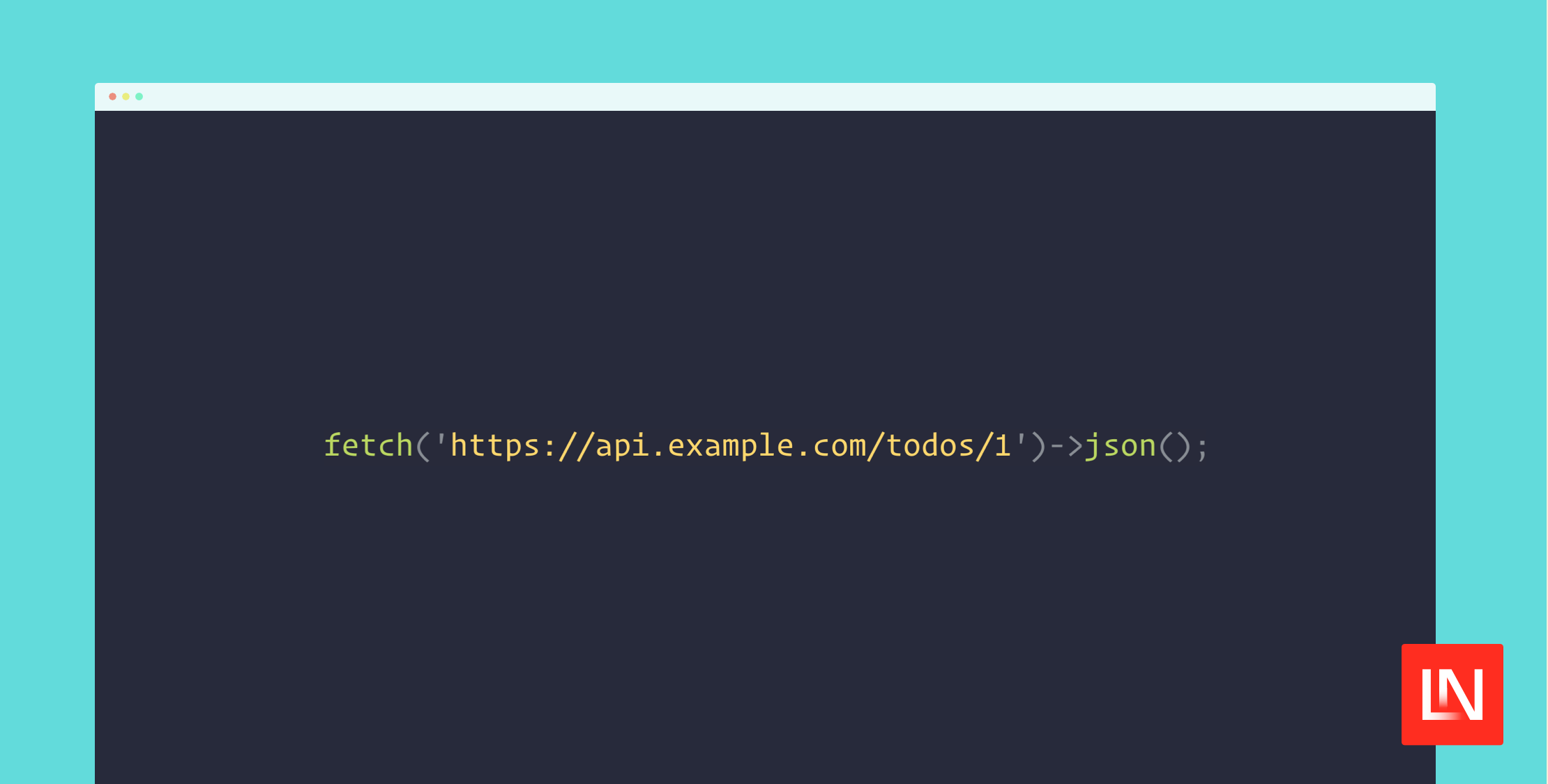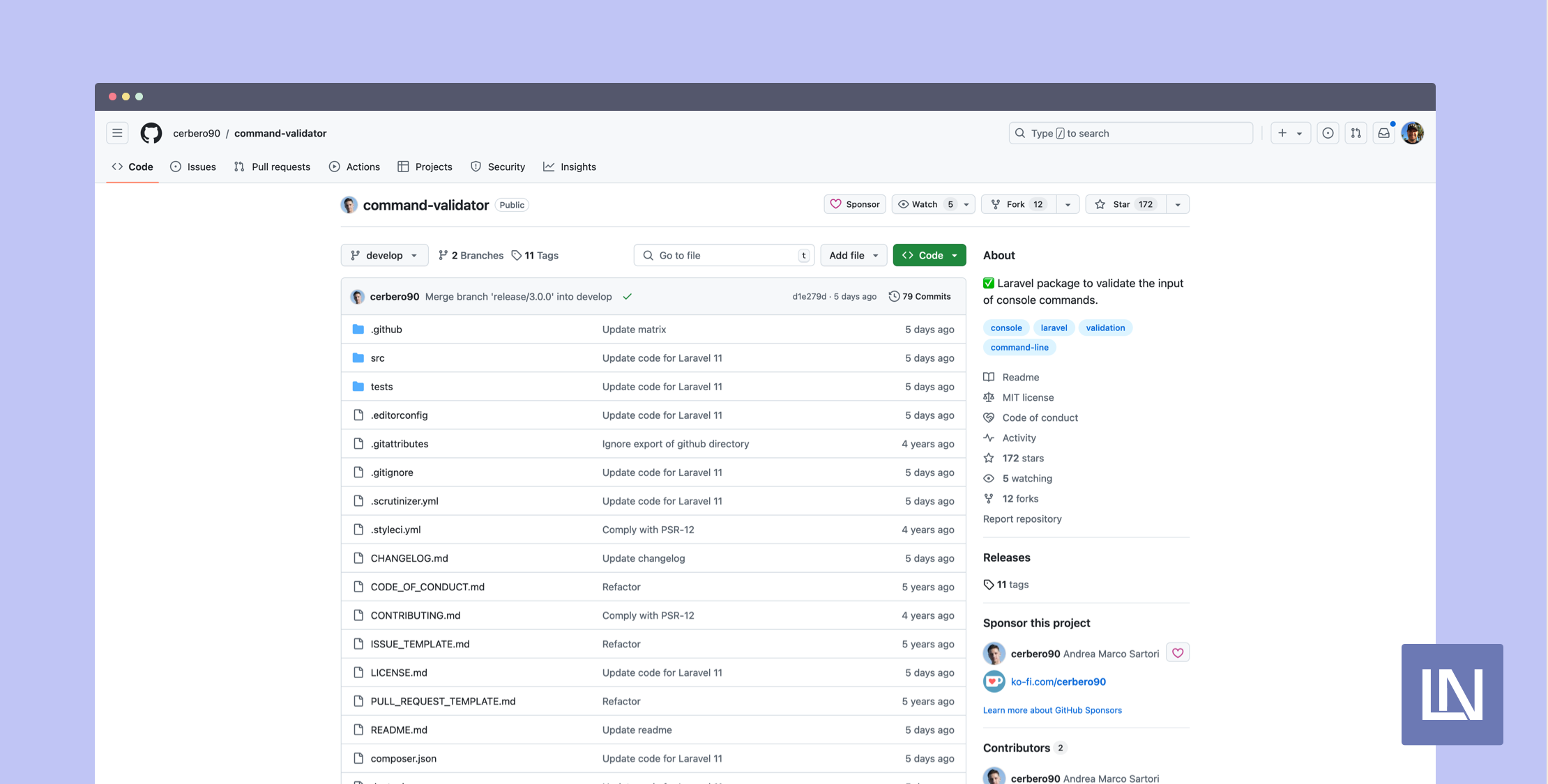Here’s a complete Vue.js tutorial for beginners to master level, structured in a progressive and simple way. It covers all essential topics step-by-step, with explanations and code samples.
🌟 Vue.js Tutorial — Beginner to Master (2025)
🔰 Section 1: Introduction to Vue.js
What is Vue.js?
Vue.js is a progressive JavaScript framework used to build interactive web interfaces.
Lightweight and easy to integrate.
Can be used for both single-page applications (SPA) and component-based apps.
Why Vue.js?
Simple and approachable.
Flexible: supports both CDN and CLI.
Excellent documentation.
Strong community support.







